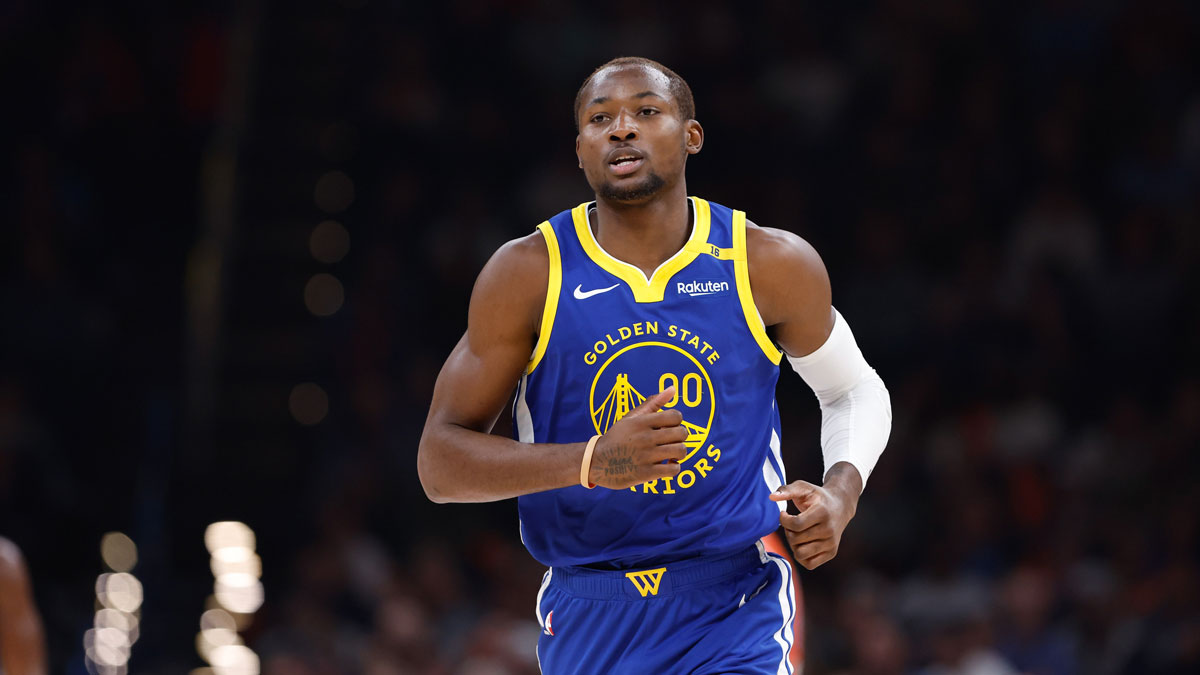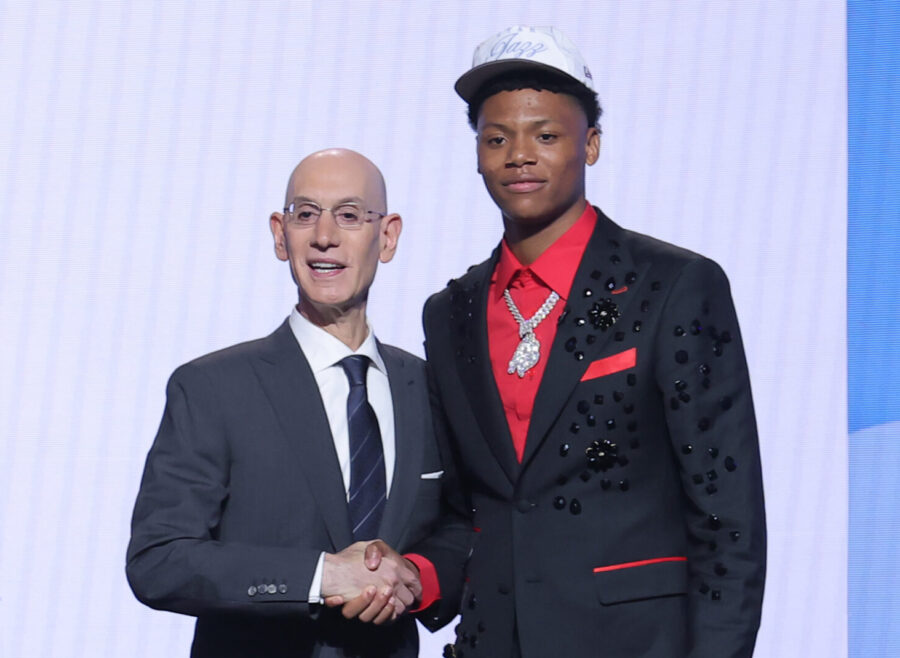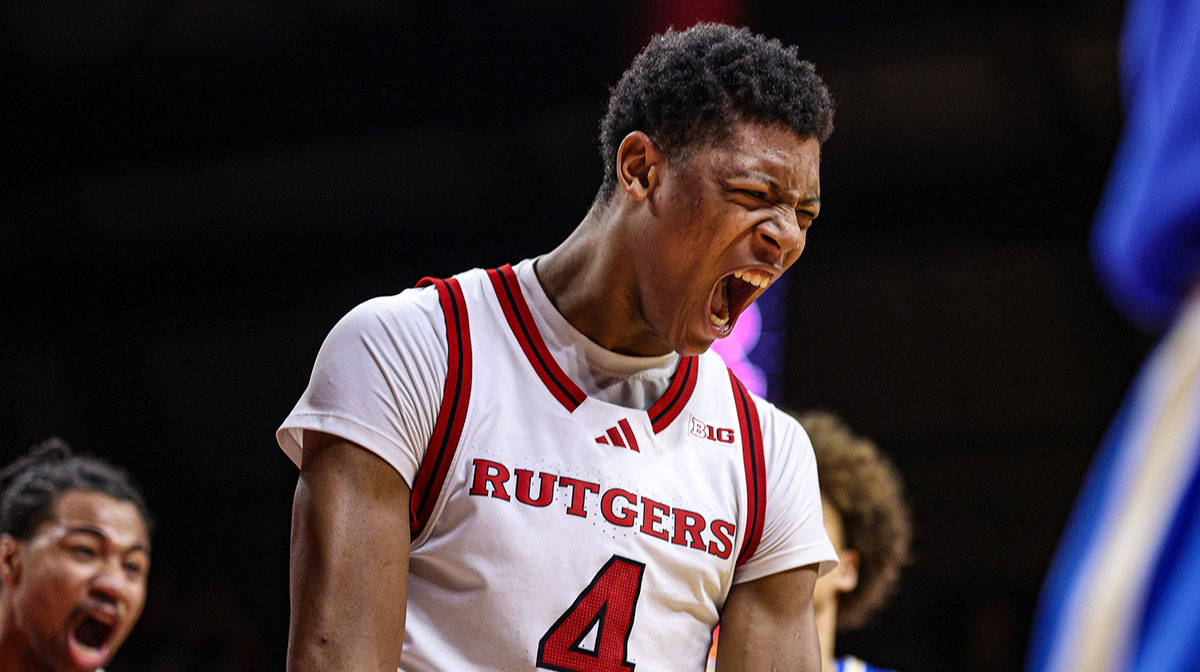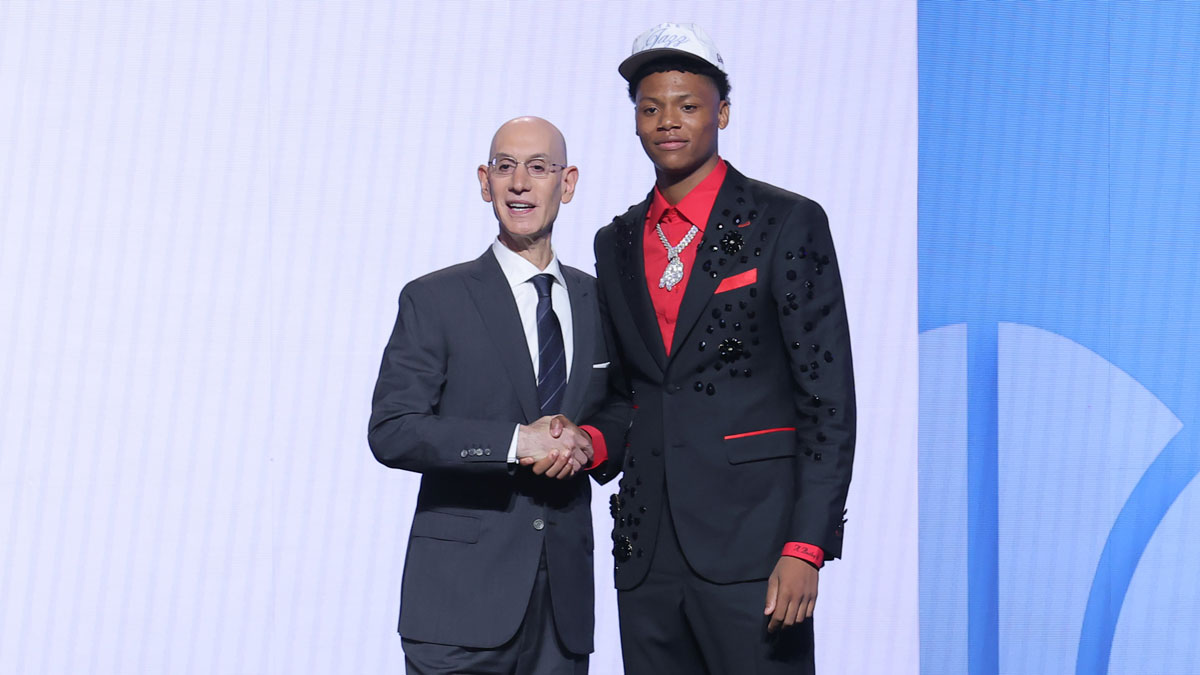The Utah Jazz have been stuck in neutral over the past three seasons, and considering how stacked the Western Conference is, there is no way anyone can look at their roster and think that they're ready to challenge for a playoff spot anytime soon. This is especially the case in the aftermath of the trade that sent John Collins, who had a resurgent 2024-25 campaign averaging 18.9 points and 8.2 rebounds a night, to the Los Angeles Clippers in a three-team trade that brought Kyle Anderson, Kevin Love, and a second-round pick from the Miami Heat.
While this signals that the Jazz are committing to their future even further, opening up space for the first-round picks they've drafted in recent years to perhaps break out in larger roles, it's still difficult to look at what they have accomplished in the trade market and not feel a little empty.
The Jazz roster feels like a hodgepodge of talent with little semblance of coherent roster-building all while lacking the kind of player contending teams need to actually win some ballgames.
Ace Bailey could be that blue-chipper, and the rest of the team's core is young, but there are just simply too many question marks for the front office to deal with, paving the way for the 2025-26 season to be an audition of sorts as to who'll be a part of the next winning Jazz team.
With that said, this is the next trade the Jazz have to make after cutting ties with Collins, who was a solid trooper in his two seasons in Salt Lake City.

With the Jazz's trade of Collins, Utah now has a frontcourt spot up for grabs. Now, one would think that Lauri Markkanen would simply slot back to the four alongside Walker Kessler, with Bailey being the starting three, but it's not like Utah has a surefire starter at the two. Keyonte George could theoretically start alongside Isaiah Collier, but that is an undersized backcourt that will end up hemorrhaging points to the opposition.
It might be in the Jazz's best interest to continue leaning into their supersized identity. And that could perhaps open up the possibility that Utah ends up being the team that moves for Jonathan Kuminga, who continues to wait for developments to unfold in restricted free agency amid the lack of cap space all around the association.
At the moment, there are no concrete indicators pointing to Jazz interest in Kuminga. But since they have an opening now in the frontcourt, perhaps they decide to throw their hat in the ring and take a chance on the 22-year-old forward, who's shown flashes of scoring brilliance every time he gets a chance to play a starring role for the Golden State Warriors.
Kuminga, during the 2025 NBA playoffs, was mostly out of the Warriors' rotation. But in the end, head coach Steve Kerr had to dust him off amid Stephen Curry's injury, and Kuminga ended up averaging 20.8 points in just 27.4 minutes per night while shooting 54/42/74 from the field in five games in an eventual series loss to the Minnesota Timberwolves.
There are no doubts that Kuminga can put points in bunches, but what makes him so polarizing of a player is that his play style doesn't match that of the Warriors'. Golden State relies on player and ball movement, taking after the identity of Curry, but Kuminga is more of a ball-dominant slasher who needs touches to do what he does best — fill up the scoring column with ease.
The Jazz, for what it's worth, simply have to accumulate as much talent on the roster as they can. And taking a chance on Kuminga should be worth it, considering he's only 22 years of age and should at least have some trade value within the next few years should things not work out in Salt Lake City.
The price outlined above shouldn't be too prohibitive for the Jazz as well. Cody Williams looked lost in his rookie year despite being 10th overall pick of last year's draft, and the 2027 first-rounder they acquired from the Los Angeles Lakers may end up not having much value considering the Purple and Gold's lucky trade for Luka Doncic. Trading away Kyle Anderson and Kevin Love shouldn't be painful at all for the Jazz.
For the Warriors, they are getting Anderson back, someone who played rotation minutes for them last season as a versatile playmaker who fits their offensive system. Love is a welcome presence in the locker room, reuniting him with Jimmy Butler, and he could be a stretch big who gets some minutes in certain matchups. Williams is a recent lottery pick whom the Warriors can develop, and getting a first-rounder back for Kuminga should at least be the bare minimum in any sign-and-trade agreement.
Now, the offensive fit won't exactly be the best for Kuminga in Salt Lake City. Him and Ace Bailey do not have much playmaking chops, and neither does Markkanen.
Those three will post the collective worst assist rate for any high-workload trio in the NBA. Kuminga's three-point shot isn't the best as well, having shot 33.2 percent from deep for his career to this point, which makes him an iffy fit alongside Bailey on the wing. If Kessler is starting, then opposing teams can simply pack the paint against the Jazz.
But again, rarely does a 22-year-old with a history of efficient scoring become available, and Kuminga is only five months younger than Jazz rookie Walter Clayton Jr. despite already having four seasons of NBA basketball under his belt.
The Jazz have to up their talent base more than anything, and doing so by adding a young combo forward who's shown he can score explosively is a worthwhile risk, even if it means giving up some of the precious draft capital and young players they've been hoarding over the past few years.











